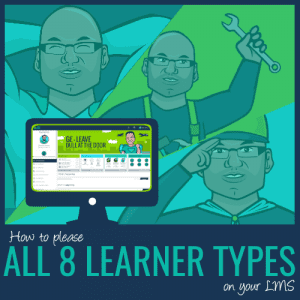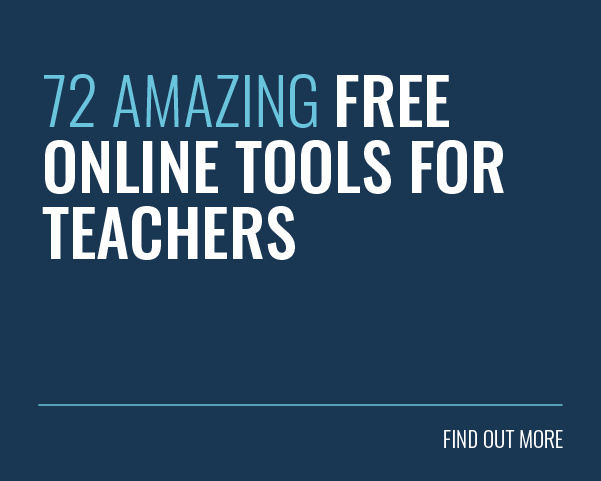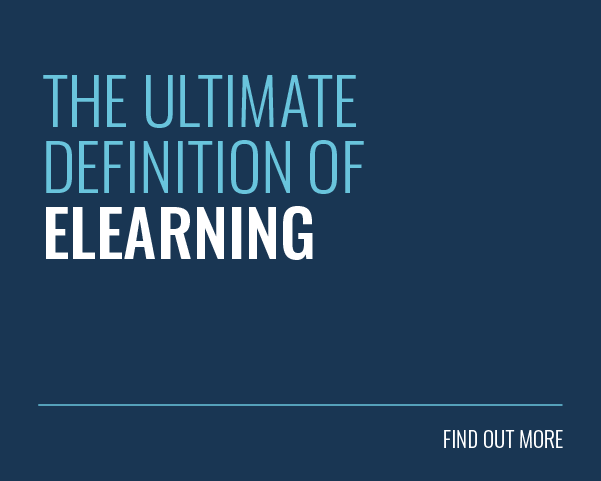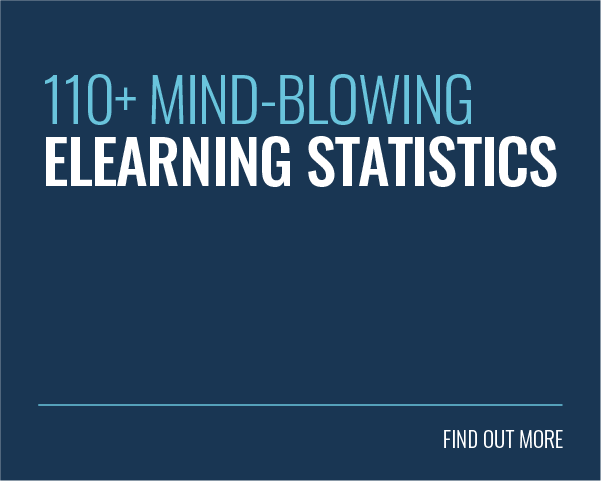 Computer programmers have it easy, don’t they!? When they want to teach a computer to do something all they need to do is fiddle with some code. If they want to teach the same thing to another computer, the same code will work just fine.
Computer programmers have it easy, don’t they!? When they want to teach a computer to do something all they need to do is fiddle with some code. If they want to teach the same thing to another computer, the same code will work just fine.
Coders will never understand the plight of the L&D professional. For every learning item they release, there will be as many outcomes as there are learners. The easy thing to do is to ignore this fact and push the same content to everyone. It’s then up to the learner to adapt to the content, but what if they can’t? Are they simply too dim?
According to Howard Gardner’s theory of multiple intelligences, everybody learns in different ways, but there has been some controversy over the topic. You might be comfortable learning something from a manual, but the colleague sitting next to you needs to take a more hands-on approach. Of course, it’s not quite so black-and-white; everyone can learn in a variety of styles, it’s just that most people will prefer certain styles over others.
What does this mean for your training programme? Your learners all have different needs, so in order to get the most out of the learning material, you need to mix it up a bit and cater as much as possible for every style of learning. Here are a few pointers to help you on your way:
1 Visual Learners
Visual learners tend to prefer visual data, like images and graphs, as opposed to reams of text. If your learning content is very text-heavy, try to find ways to condense the text into a clear image or an infographic. Also, make sure your documents are well formatted, with no huge, intimidating blocks of text, and highlight any important terms within the document to make it easier to skim.
2 Verbal Learners
Verbal learners are natural born linguists. They love language, word games and you’ll probably recognise them by their overt use of terrible puns. In any learning programme, text-based material accumulates pretty quickly, so it’s important to read everything carefully to make sure the meaning is completely clear. You can also make these learners feel in their element by giving them a writing challenge or an essay assignment.
3 Logical Learners
Logical learners live in a world of cause and effect and they’re not particularly responsive to abstract analogies. Their strengths lie in mathematical reasoning, linear thought and strategic planning. If you want to secure their buy-in when it comes to the training, make sure that you qualify every statement (as far as practically possible) with concrete proof and show how each topic fits into the larger picture.
4 Auditory Learners
Auditory learners think in sounds rather than images and they have a great knack for remembering conversations and discussions. To give these learners the best experience, make sure that your eLearning includes an audio track. Also, since decent audio equipment is more affordable than it used to be, why not experiment with a company podcast? Failing that, there’s no substitute for a good old-fashioned chat, which leads us nicely on to…
5 Social Learners
Social learners excel when they are in a group, interacting with other people and brainstorming ideas. They’re adept at reading emotions and body language, and because of this, they’re normally good at sussing out any communication issues. To help social learners retain knowledge, you need to enable social learning within your training programme. If you’re wondering where to start, our Informal Learning tip sheet is just the click of a button away.
 6 Intrapersonal Learners
6 Intrapersonal Learners
The intrapersonal learner is a solitary creature who prefers to work alone and at their own pace. These solitary learners know who they are, they know what they want and they know what they’re capable of. If you can’t provide sufficient learning material, they will seek it out for themselves.
Before it comes to that though, you can keep an intrapersonal learner satisfied by giving them plenty of ways to chart their progress and plan their learning. Personalised learning features like this will also go a long way towards making the learning relevant for everyone.
7 Physical Learners
With Physical learners (or kinaesthetic learners), it’s all about what they can touch, feel and manipulate. They learn best by doing and no amount of theory will compare to practical experience.
Generally speaking, learners are more engaged with tasks that are more interactive, so you can kill two birds with one stone by introducing learning games and simulations into your training program.
8 Naturalistic Learners
Finally, naturalistic learners identify best with nature and life sciences. They love being outside and in touch with nature and you shouldn’t be surprised to find them in a field contemplating an acorn.
Naturalistic learners are similar to logical learners in the sense that they are good at recognising patterns and relationships. In every piece of learning content you produce, make sure that it’s clear how it fits into the whole learning ecosystem.
These tips can be summed up in one short statement: Variety is the spice of life. Even if you don’t subscribe to theories about types of learners, you can’t deny that repetition gets boring very quickly. If your learners are bored, they won’t feel energised to complete their training and learn new behaviours. And who knows – if you start experimenting with different kinds of content, maybe your job will get more exciting too!
Looking for a way to boost engagement on your learning platform? Download our Engagement Engine workbook now and lay the groundwork for a brighter future!









